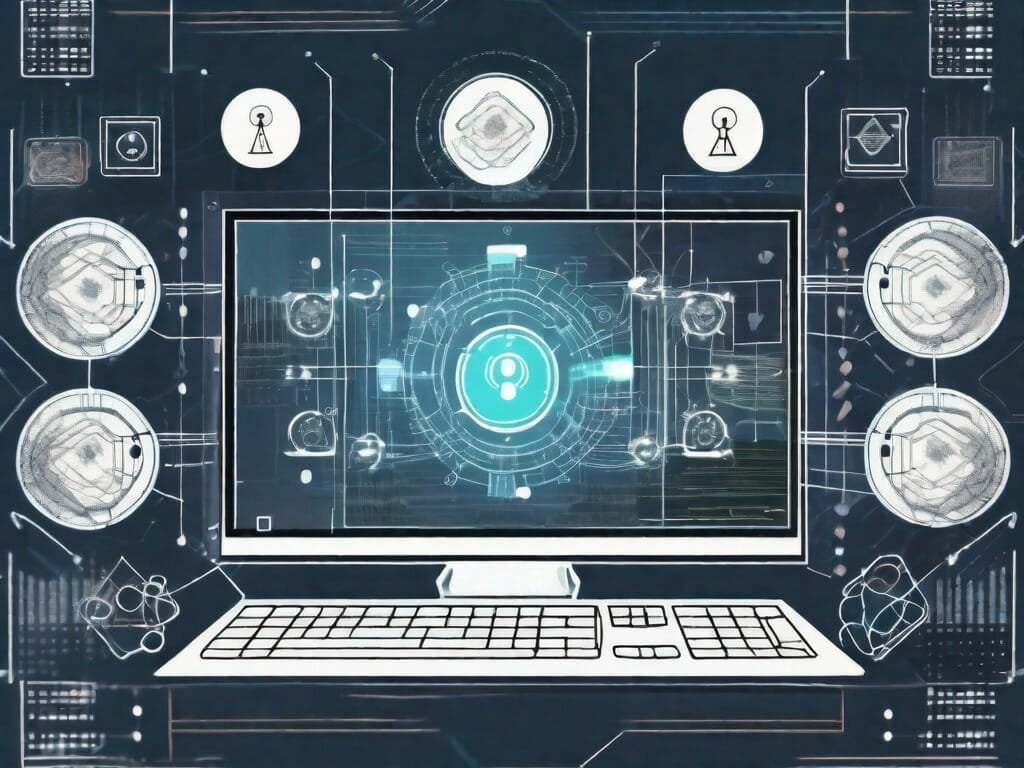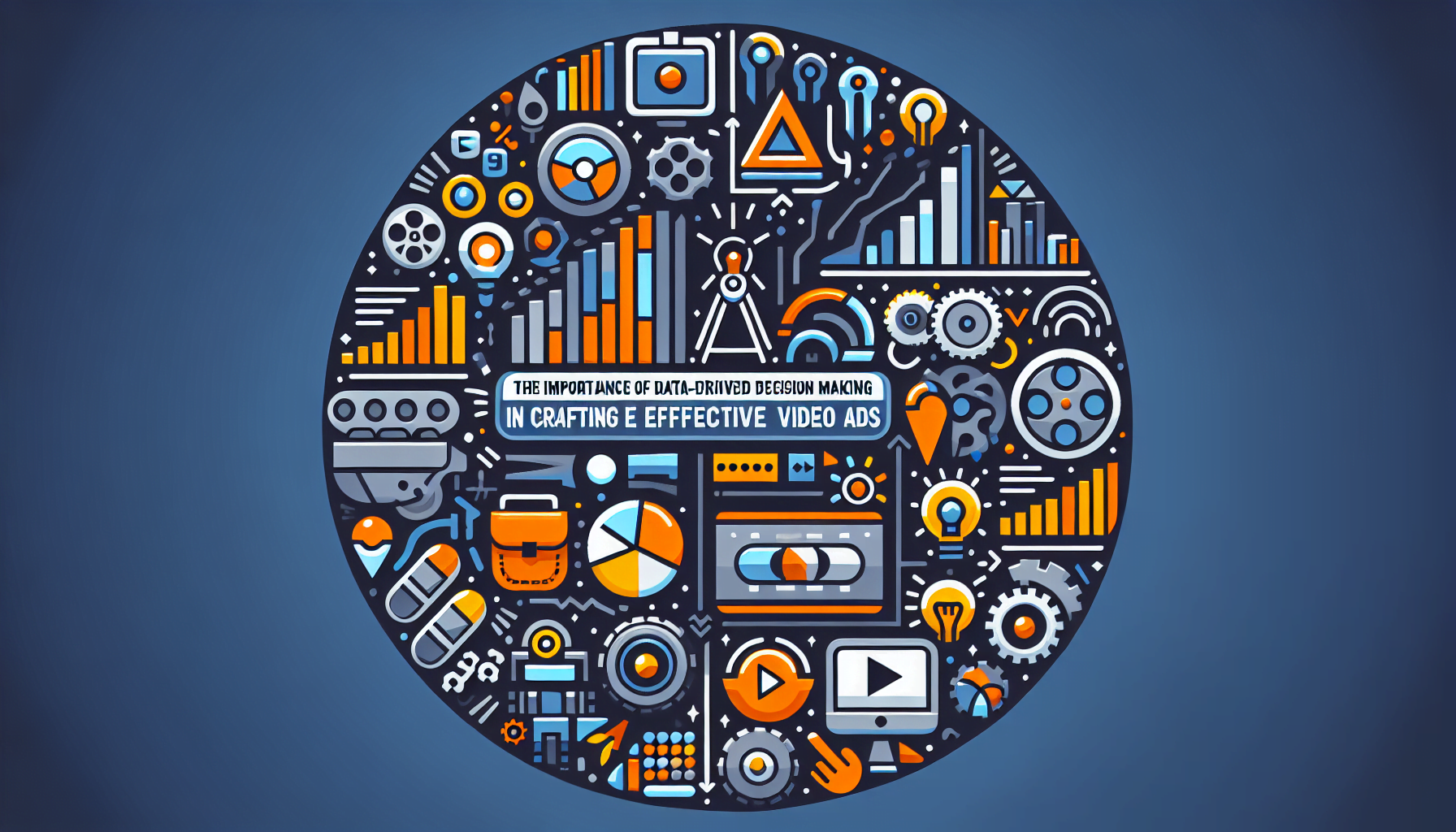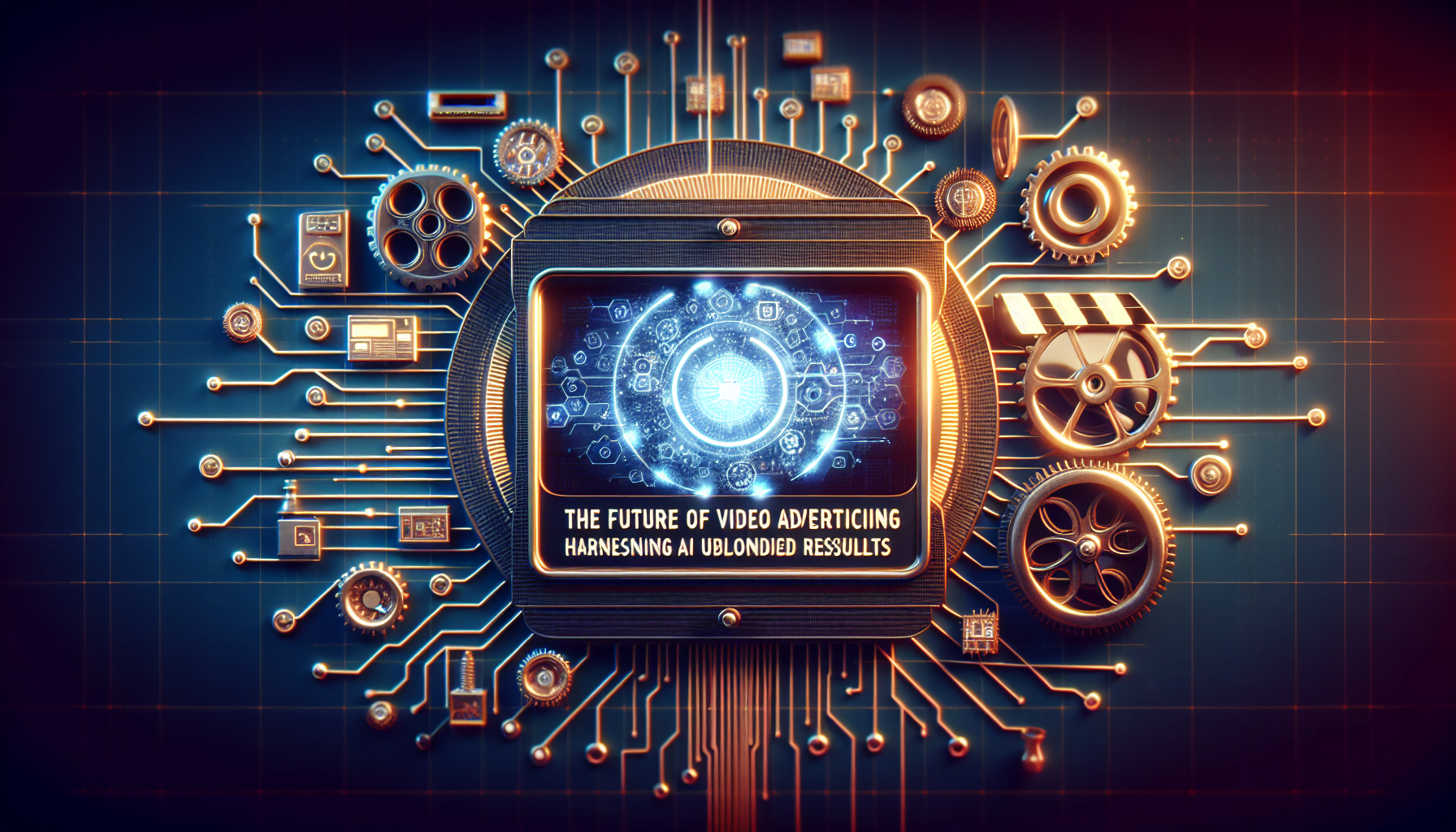Video Analysis AI, also known as Artificial Intelligence, has revolutionized the way we analyze and understand videos. With its ability to extract valuable insights and information from video content, Video Analysis AI has become an indispensable tool in various industries. In this article, we will delve into the intricacies of Video Analysis AI, explore its key features, discuss its role in different industries, address the challenges it faces, and take a glimpse into its future.
Understanding Video Analysis AI
Before we dive deep into the world of Video Analysis AI, it is important to understand the basics. Video Analysis AI combines the power of computer vision and machine learning to interpret and extract meaningful data from videos. It can detect and track objects, recognize faces and emotions, analyze movement patterns, and even understand complex scenes.
One of the key features of Video Analysis AI is its ability to process vast amounts of video data in real-time. This allows for quick decision-making, as businesses can receive actionable insights as events unfold. Additionally, Video Analysis AI can be trained to recognize specific objects or behaviors, making it a valuable tool in identifying potential threats or anomalies.
The Basics of Video Analysis AI
The process of Video Analysis AI involves a series of steps. First, the video input is fed into the system, which then extracts visual features and applies algorithms to analyze the content. These algorithms can range from simple motion detection to more complex object recognition and tracking. The system then generates insights or alerts based on the analyzed data.
But let’s take a closer look at how Video Analysis AI actually works. When a video is inputted into the system, it undergoes a preprocessing stage where the frames are extracted and processed. This preprocessing stage is crucial as it prepares the video for further analysis.
Once the frames are processed, the system starts extracting visual features from each frame. These visual features include color, texture, shape, and motion. By analyzing these features, Video Analysis AI can identify objects, track their movements, and even understand the scene context.
After the visual features are extracted, the system applies various algorithms to analyze the content. These algorithms can be as simple as detecting motion in a frame or as complex as recognizing specific objects or individuals. The choice of algorithms depends on the specific application and the desired level of analysis.
Once the analysis is complete, the system generates insights or alerts based on the analyzed data. These insights can range from identifying suspicious activities in surveillance videos to providing personalized recommendations based on facial expressions in marketing videos.
Key Features of Video Analysis AI
There are several key features that make Video Analysis AI a powerful tool. One of these features is object detection, which allows the system to identify and track specific objects or individuals. This can be particularly useful in surveillance and security applications.
Imagine a scenario where a security camera is monitoring a crowded area. With Video Analysis AI, the system can automatically detect and track suspicious objects or individuals, such as unattended bags or people exhibiting unusual behavior. This enables security personnel to respond quickly and prevent potential threats.
Another important feature is facial recognition, which enables the system to identify individuals based on their unique facial features. This can be used for access control, personalized recommendations, or even targeted advertising.
For example, in access control systems, Video Analysis AI can compare the faces of individuals entering a restricted area with a database of authorized personnel. If a match is found, access is granted. This enhances security and eliminates the need for physical identification cards or keys.
In the realm of marketing, Video Analysis AI can analyze facial expressions to gauge customer reactions to advertisements. By understanding the emotions evoked by different ads, businesses can tailor their marketing strategies to target specific demographics and increase engagement.
Overall, Video Analysis AI is a powerful technology that has the potential to revolutionize various industries. Its ability to interpret and extract meaningful data from videos opens up a world of possibilities, from enhancing security to improving customer experiences. As the field continues to advance, we can expect even more exciting applications and developments in Video Analysis AI.
The Role of AI in Video Analysis
Artificial Intelligence (AI) has revolutionized the field of video analysis, playing a crucial role in enhancing video quality and accuracy. By leveraging advanced AI algorithms, videos can be transformed and improved in terms of resolution, brightness, and clarity. This technological advancement has opened up new possibilities in various applications, such as video conferencing, video surveillance, and more.
One of the key benefits of AI in video analysis is its ability to enhance video quality. Through the application of AI algorithms, videos can be upscaled to higher resolutions, reducing pixelation and providing a more detailed and realistic viewing experience. Additionally, AI algorithms can adjust brightness and contrast levels, ensuring that videos are well-lit and visually appealing.
Moreover, AI algorithms can significantly reduce noise in videos, resulting in clearer and more refined visuals. By analyzing the video content in real-time, AI can identify and eliminate unwanted artifacts, such as graininess or distortion, thus enhancing the overall quality of the video.
Enhancing Video Quality with AI
AI has brought about a paradigm shift in the way video quality is enhanced. With the help of AI algorithms, videos can now be transformed into stunning visual masterpieces. The algorithms analyze each frame of the video, identifying areas that can be improved, and then apply the necessary adjustments to enhance the resolution, brightness, and clarity.
Furthermore, AI algorithms can intelligently enhance colors in videos, making them more vibrant and lifelike. By analyzing the color distribution in each frame, AI can adjust the saturation and contrast levels, resulting in videos that are visually captivating.
These advancements in video quality enhancement are particularly beneficial in applications where high-quality video is essential. For instance, in video conferencing, AI-powered video analysis ensures that participants can communicate effectively, with clear and detailed visuals. Similarly, in video surveillance, AI algorithms enhance video footage, enabling accurate identification and analysis of events.
AI for Real-Time Video Analysis
Real-time video analysis is another area where AI shines. By leveraging computer vision algorithms, AI can process video feeds in real-time, enabling a wide range of applications. One such application is object tracking, where AI algorithms can identify and track objects of interest within a video stream. This capability is invaluable in various domains, including security, sports analysis, and autonomous vehicles.
Anomaly detection is another powerful application of AI in real-time video analysis. By continuously monitoring video feeds, AI algorithms can identify unusual or suspicious behavior, alerting security personnel to potential threats. This capability has proven to be highly effective in surveillance systems, protecting public safety and preventing criminal activities.
Furthermore, AI enables behavior recognition in real-time video analysis. By training AI models on large datasets, algorithms can identify and classify human actions and behaviors, such as walking, running, or fighting. This capability has applications in fields like crowd management, where AI-powered systems can detect and respond to abnormal behaviors, ensuring public safety.
In conclusion, AI has revolutionized video analysis, enabling enhanced video quality and real-time processing. Through the application of advanced algorithms, videos can be transformed into visually stunning and accurate representations of the real world. As AI continues to evolve, we can expect further advancements in video analysis, opening up new possibilities in various domains.
The Impact of Video Analysis AI on Different Industries
The potential of Video Analysis AI is not limited to a specific industry. Its impact can be seen across various sectors, such as healthcare, security, and entertainment.
Video Analysis AI in Healthcare
In the healthcare industry, Video Analysis AI can revolutionize patient care and improve diagnostics. By analyzing video data from medical imaging devices, AI algorithms can assist doctors in detecting early signs of diseases, monitoring patient conditions, and providing personalized treatment recommendations. This can lead to more accurate diagnoses and better patient outcomes.
The Use of AI in Video Analysis for Security
The use of Video Analysis AI in security systems has become increasingly prevalent. By analyzing video footage from surveillance cameras, AI algorithms can detect suspicious activities, recognize individuals, and send alerts in real-time. This can greatly enhance security measures and enable quick response to potential threats.
Challenges and Solutions in Video Analysis AI
While Video Analysis AI holds immense potential, it also comes with its own set of challenges. Data privacy concerns, technical limitations, and ethical considerations are some of the key hurdles that need to be addressed.
Overcoming Data Privacy Issues
Video Analysis AI requires access to a large amount of data, including video feeds and personal information. It is crucial to ensure that data privacy is maintained and that the system is compliant with regulations and standards. Implementing measures such as data encryption, pseudonymization, and strict access controls can help address these concerns.
Addressing Technical Challenges in Video Analysis AI
Technically, Video Analysis AI poses challenges in terms of scalability, accuracy, and computational requirements. These challenges can be addressed through advancements in hardware technology, development of more efficient algorithms, and optimization of machine learning models.
The Future of Video Analysis AI
The future of Video Analysis AI is promising and holds exciting possibilities. As technology continues to evolve, we can expect to see several trends that will shape the future of Video Analysis AI.
Predicted Trends in Video Analysis AI
One of the predicted trends is the integration of Video Analysis AI with other emerging technologies, such as augmented reality and virtual reality. This convergence can unlock new possibilities in areas such as immersive entertainment, training simulations, and virtual experiences.
The Role of AI in Shaping the Future of Video Analysis
Artificial Intelligence will play a pivotal role in shaping the future of Video Analysis. Advancements in deep learning, natural language processing, and computer vision will further enhance the capabilities of Video Analysis AI. This will result in more accurate and insightful analysis and enable applications that were once considered science fiction.
Conclusion
Video Analysis AI has opened up a world of possibilities in video analysis and interpretation. Its ability to extract meaningful insights, enhance video quality, and enable real-time analysis has made it indispensable in various industries. While there are challenges to overcome, the future of Video Analysis AI looks bright, with exciting trends and advancements on the horizon. As technology continues to advance, Video Analysis AI will continue to unlock the potential of videos and shape the way we perceive and interact with visual content.
Curious about our AI product, or have questions, suggestions, or just want to say hello?
Don’t hesitate to get in touch with us! Reach out to our dedicated support team at support@generai.io for any assistance you may need regarding our AI product.





